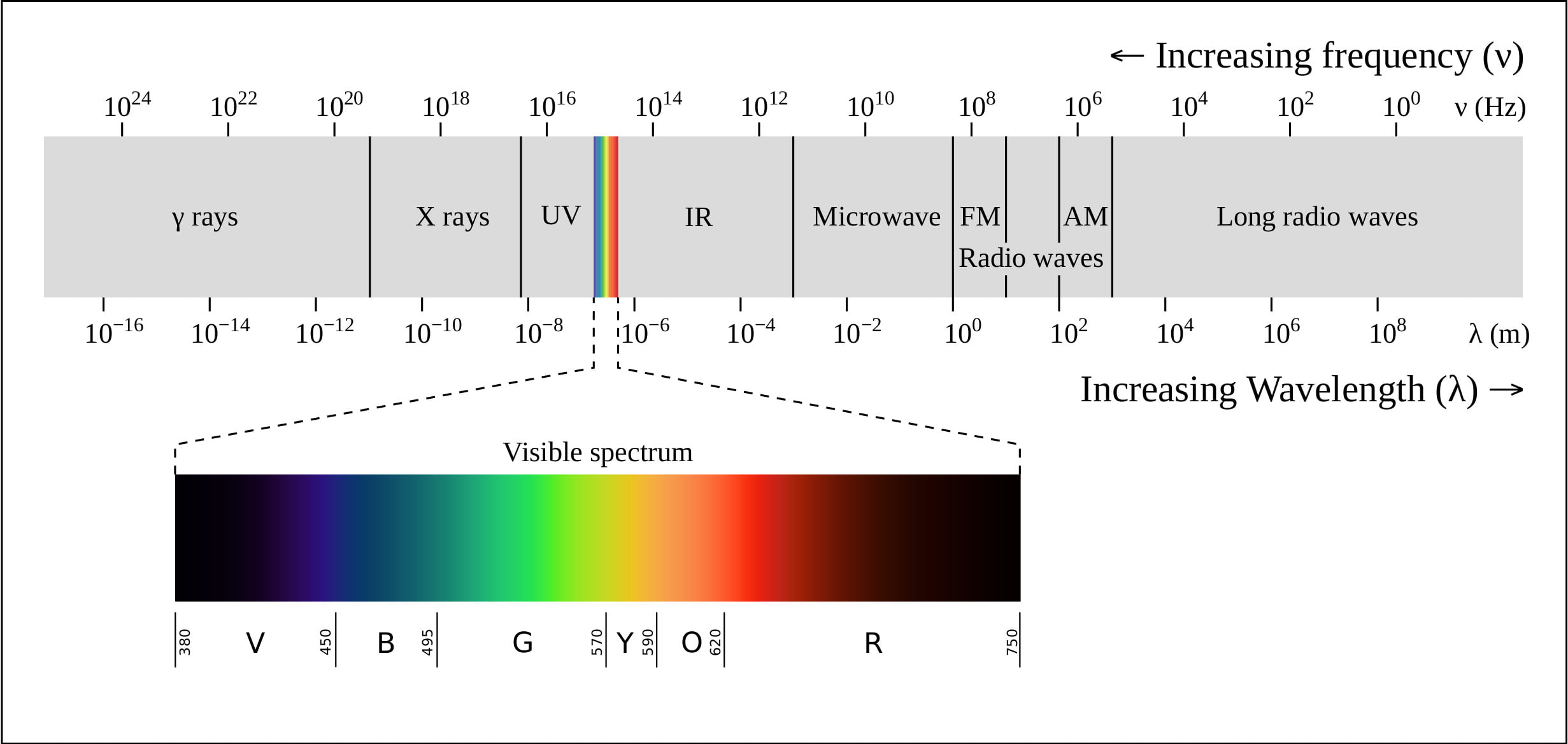Radar systems were first developed during and after World War II. Before, the radar systems operated within a specified frequency bands, but as technology advances, the need for standardization came into the pciture. This led to the creation of 2 primary classification of the frequency bands of radar. They are,
- Traditional Frequency Band
- NATO classification Band
The Traditional Bands, still used in literature, originated during World War II and it is used in maintaining secrecy regarding the frequency usage. In contrast, the NATO classified bands are designed, so that the modern technological advancements and measurements can be measured. This newer system is designed with logarithmic distributions and adaptability to higher frequencies. This makes it suitable for electronic systems where radar plays an important role.
Frequency Bands
| Frequency Band | Frequency Range | Wavelength Range | Common Applications |
|---|---|---|---|
| HF | 3 – 30 MHz | 10 – 100 m | Over-the-Horizon Radar |
| VHF | 30 – 300 MHz | 1 – 10 m | Air Traffic Control, Weather Radar |
| UHF | 300 MHz – 1 GHz | 0.1 – 1 m | Ground Penetrating Radar, Mobile Communication |
| L | 1 – 2 GHz | 0.15 – 0.3 m | Aircraft Surveillance, Short-Range Weather Radar |
| S | 2 – 4 GHz | 7.5 – 15 cm | Air Traffic Control, Surface Movement Radar |
| C | 4 – 8 GHz | 3.75 – 7.5 cm | Satellite Communication, Precision Scattering |
| X | 8 – 12 GHz | 2.5 – 3.75 cm | Military Surveillance, Vehicle Speed Measurement |
| Ku | 12 – 18 GHz | 1.67 – 2.5 cm | Satellite Communication, Radar Altimetry |
| K | 18 – 27 GHz | 1.11 – 1.67 cm | Radio Astronomy, Automotive Radar |
| Ka | 27 – 40 GHz | 7.5 – 11.1 mm | Satellite Communication, Precipitation Monitoring |
| V | 40 – 75 GHz | 4 – 7.5 mm | Automotive Radar, Security Screening |
| W | 75 – 110 GHz | 2.7 – 4 mm | Imaging, Spectroscopy |
| mm | 110 – 300 GHz | 1 – 2.7 mm | Terahertz Imaging, Material Characterization |
Understanding Radar Frequency Ranges
The ElectroMagnetic Spectrum consists of a wide range of frequencies. The frequencies are split into multiple bands based on their physical properties and technical usages. This division of the frequency in the radar system is to make sure that the radar systems can be provided in diverse applications, from long-range surveillance to weather monitoring and such.
Radar Frequency Bands

High Frequency ( HF )
The High Frequency ( HF ) band ranges from 3 MHz to 30 MHz. This holds a unique place in the radar system. This band consists of relatively low frequencies, which serves a special purpose in Over-The-Horizon-Radar ( OTHR ) systems. With wavelengths from 1- to 100 meters, this band has the ability to propagate to long distances, which makes it suitable in military surveillance systems.
Very High Frequency ( VHF ) and Ultra High Frequency ( UHF ):
The VHF and UHF bands cover frequencies from 50 MHz to 1 GHz. These bands are similar to that of the long range surveillance, making them useful in varieties of defense and security applications. The capability to detect distance objects even in difficult weather conditions are the significance of the VHF and UHF frequencies.
L-Band and S-Band:
The L-Band and the S-Band consist of frequencies ranging from 1 GHz to 4 GHz. The L Band which is 1-2 GHz is mostly used in radar systems for long range surveillance and traffic control systems. This band is also used in En-Route Radars ( ERAR ) and Air Route Surveillance Radar ( ARSR ) that are used in air traffic control. Whereas the S-band which operates in 2 GHz to 4 GHz is used in moderate-range surveillance, terminal traffic control and long range weather monitoring systems.
C-Band and X-Band:
The C-Band and X-Band together range from 4 GHz to 12 GHz frequency ranges. The C-Band which is 4 GHz to 8 GHz is widely used in long range tracking and airborne weather applications. The X-band which is 8 GHz to 12 GHz is suitable for short range tracking, missile guidance, marine radar and airborne intercept systems.
K u -Band, K-Band, and K a -Band:
These bands ranging from 12 GHz to 40 GHz are highly capable in, high resolution mapping, satellite altimetry and very high resolution mapping applications. The Ku bands applications are also in maritime navigation radar systems, while K and Ka bands are used in airport surveillance and high-precision applications.
mm-Wave Band:
At 40-100+ GHz, the mm-wave band is still in the realm of experimentation. Even in this range, V -Band which is 40-75GHz is used in automotive radar systems and W-Band which is 75 to 110 GHz is used for spectroscopy and imaging. The ranges above these are still holding high potential and need to be studied further.
Conclusion
Radar Frequency bands have provided a standardization for usage of these bands of electromagnetic waves based on their physical properties and their applications. The above are just some of the applications whereas stating all the applications cannot be humanly possible.



